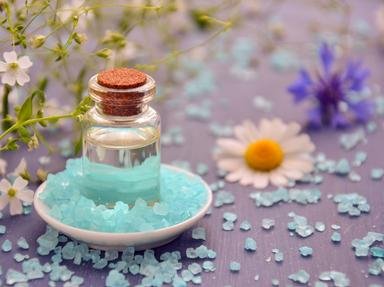Quiz Answer Key and Fun Facts
1. The thought of all those acupuncture needles sticking in your body is enough to make a first time patient wince but, in the case of most people, do they hurt?
2. The point of an acupuncture needle is honed to a sharp point to ensure that insertion is easy.
3. Acupuncture is a means of adjusting your body's life energy. What is an alternate name for this 'energy'?
4. What should *NOT* be a part of your process in identifying a suitable acupuncturist to treat you?
5. For three of the following acupuncture would not be a recommended course of treatment, however, for whom would it generally be safe?
6. Your acupuncturist starts talking to you about your body's meridian lines. You ask him what they are. Which of the following would be his most likely response?
7. The definition and characteristics of acupuncture points have been standardized by which specialist agency?
8. Which of the following symptoms is the least likely to be experienced after an acupuncture session?
9. Three of the four areas in the diagnosis phase of traditional Chinese medicine (TCM) are observation, listening and smelling and questioning. What is the fourth area of diagnosis?
10. Pulse diagnosis in traditional Chinese medicine (TCM) is extremely important. During which of the four examination phases is it assessed?
Source: Author
pollucci19
This quiz was reviewed by FunTrivia editor
crisw before going online.
Any errors found in FunTrivia content are routinely corrected through our feedback system.


